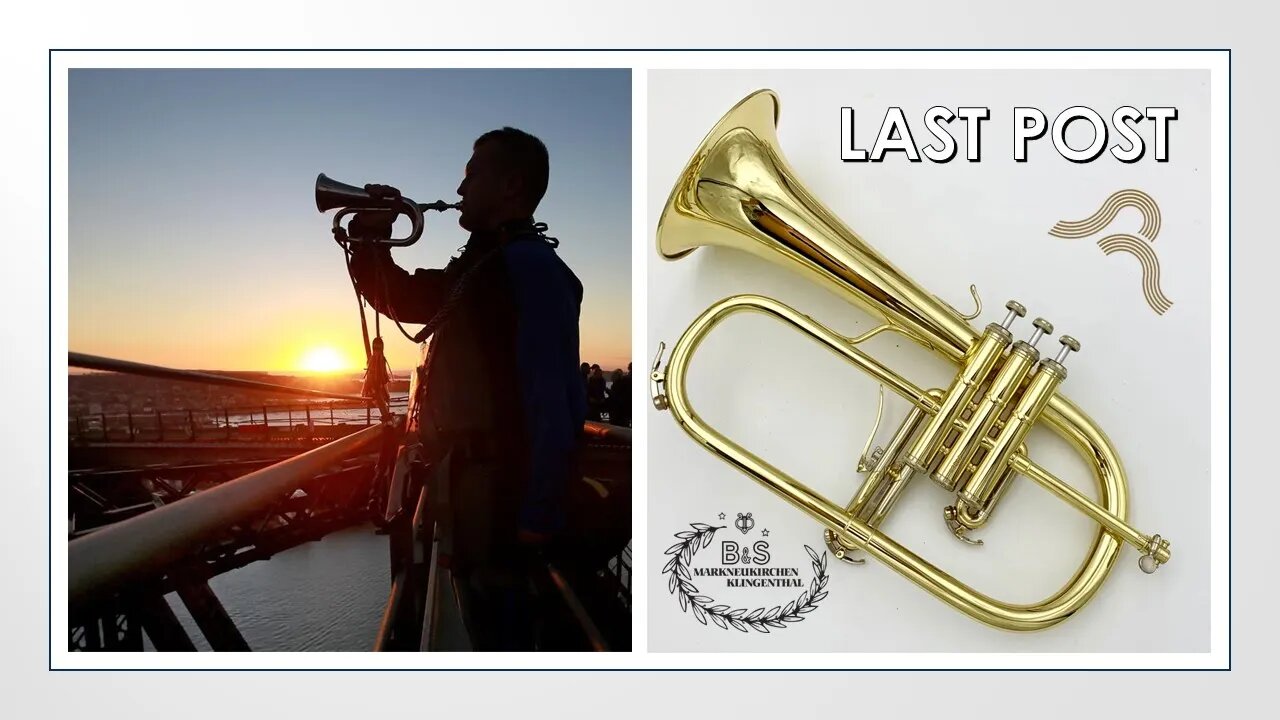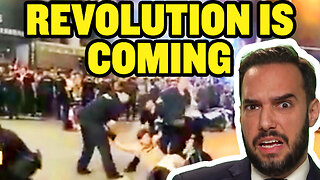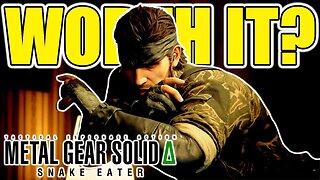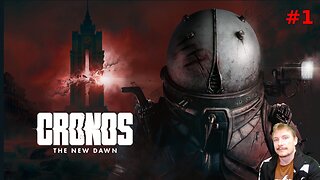Premium Only Content

THE LAST POST - Bugle Calls on Flugelhorn (Freely)
THE LAST POST - Bugle Calls on Trumpet (Freely) - ANZAC DAY
PLAYLIST: https://www.youtube.com/playlist?list=PLkml7ZJ51KiyvjpjIEuqFFvp7V4yH5HGu
#queenelizabeth
CLUBE DE CANAIS: https://www.youtube.com/channel/UCZCT0jc9-dP9-k3lC5XSMAQ/join
#trumpetersstuff #lastpost #buglecall #trumpet #trompete #trompeta #tromba
Miliary Trumpet Calls
The "Last Post" is either a B♭ bugle call within British Infantry regiments or an E♭ cavalry trumpet call in British Cavalry and Royal Regiment of Artillery (Royal Horse Artillery and Royal Artillery) used at Commonwealth military funerals and ceremonies commemorating those who have been killed in battle.
The two regimental traditions have separate music for the call (see Trumpet & Bugle Calls for the British Army 1966). While the B♭ infantry bugle version is better known, the E♭ cavalry trumpet version is used by the state trumpeters of the Household Cavalry.
Wartime Use
The "Last Post" call (2nd Post) is used in British Army camps to signal the end of the day when the duty officer returns from the tour of the camp and quarters. The "First Post" call marks the start of the inspection. The names are derived from the practice of inspecting all the sentry posts around such a camp at the end of the day and playing a call at each of them.
In addition to its normal garrison use, the Last Post call had another function at the close of a day of battle. It signaled to those who were still out and wounded or separated that the fighting was done, and to follow the sound of the call to find safety and rest. Its use in Remembrance Day ceremonies in Commonwealth nations has two generally unexpressed purposes: The first is an implied summoning of the spirits of the Fallen to the cenotaph, the second is to symbolically end the day, so that the period of silence before the Rouse is blown becomes in effect a ritualized night vigil.
This custom dates from at least the 17th century, and originated with British troops stationed in The Netherlands, where it drew on an older Dutch custom, called taptoe, from which comes the term Tattoo as in Military tattoo, and also the term Taps. The taptoe was also used to signal the end of the day, but has more prosaic origin. Taptoe originated signalling the moment that beer taps had to be shut, hence that the day had ended. It comes from the Dutch phrase Doe den tap toe, meaning "Close the tap": however, the Dutch bugle call Taptoesignaal, now used for remembrance events, is not the same tune as the Last Post. Neither Last Post nor Taptoesignaal is to be confused with the U.S. call "Taps", which has a similar function but different tune and origin.
The "Last Post" was used by British forces in North America in colonial times, but its function was taken over in the United States by "Taps", which has been used by the United States Army since 1862.
memorial Usage
During the 19th century, the "Last Post" was also carried to the various countries of the British Empire. In all these countries it has been incorporated into military funerals, where it is played as a final farewell, symbolising the fact that the duty of the dead soldier is over and that he can rest in peace.
"Last Post" is used in public ceremonials commemorating the battle dead, particularly on Remembrance Day in the Commonwealth of Nations. In Australia and New Zealand it is also played on Anzac Day usually before the two-minute silence, which concludes with "The Rouse".
When the post is played during services such as Anzac Day it is required of all current serving military members to salute for the duration of the call. During services organised by the Royal British Legion the recommendation is that no salute is given by either officers or troops as during the "Last Post" and Silence the recommendation is that all troops will have removed head dress (as in church service prayer), have heads bowed, weapons inverted, with flags and standards lowered.
-
 0:16
0:16
The channel for Trumpeters of all levels
1 year ago $0.01 earnedNo me hables, Juan Pardo - Trompeta #trumpet #nomehables #tiktok
157 -
 18:55
18:55
AndresRestart
13 hours agoSomething Key We Keep Missing About Metroid Prime 4 Beyond...
261 -
 8:06
8:06
China Uncensored
13 hours agoThis Could Be China’s LAST CHANCE To Save Its Economy
1.86K14 -
 UPCOMING
UPCOMING
BEK TV
2 days agoTrent Loos in the Morning - 9/08/2025
97 -
 LIVE
LIVE
The Bubba Army
2 days agoDocumentary Premiere, A HUGE SUCCESS! - Bubba the Love Sponge® Show | 9/08/25
3,149 watching -
 32:15
32:15
DeVory Darkins
8 hours ago $3.35 earnedDemocrats PAINFULLY WRECKED by Tom Homan as paid protesters ERUPT in Chicago
3.11K27 -
 16:59
16:59
Degenerate Jay
12 hours ago $0.92 earnedIs Metal Gear Solid Delta: Snake Eater Worth Buying?
18.2K2 -
 4:26:28
4:26:28
Flex011
4 hours ago $0.05 earnedCronos: The New Dawn – Brutal Time-Travel Horror Survival
1111 -
 33:11
33:11
The Finance Hub
16 hours ago $0.72 earnedBREAKING: JD VANCE JUST RELEASED A MASSIVE BOMBSHELL!!! OMG!!
1.74K17 -
 18:06
18:06
Professor Gerdes Explains 🇺🇦
14 hours agoAfter Major Attack, Trump Vows "Phase II" Sanctions on Russia
3.78K7